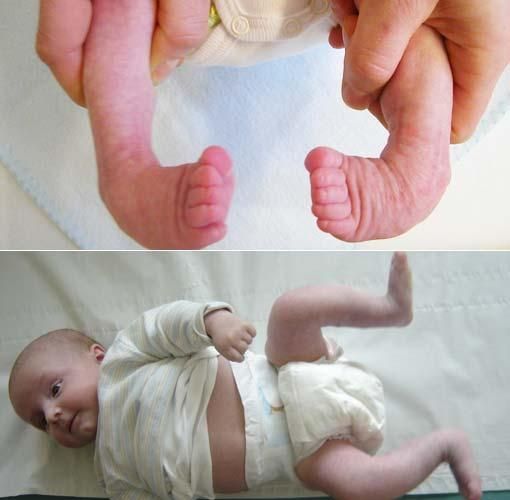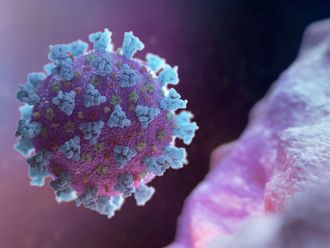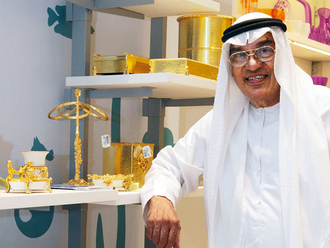The Arab Health Exhibition offers a comprehensive workshop on the Ponseti method in an effort to improve clubfoot treatment in the region.
In a world of increasing activity and life expectancy, degenerative changes of the musculo-skeletal system and the resulting disabilities associated with aging are major focuses in modern healthcare.
Orthopaedic surgery, however, has developed into many subspecialties, one of which is entirely dedicated towards musculo-skeletal disorders of the young.
Pediatric orthopaedic surgery focuses mostly on congenital and developmental deficiencies affecting the growing individual.
Children born with a deformity (so-called congenital deformity) are frequently subject to discrimination and often ousted by society. In addition, they suffer the immediate consequences of the deformity.
Not being able to walk can affect their education, chances of employment and self-esteem. Valuable human resources are not only wasted, but they are turned into an unnecessary burden to society.
Pediatric orthopaedic surgery can change the lives of many of those children. Continuous improvement in surgical equipment allows the pediatric orthopaedic surgeon to treat disabling deformities in the very young.
Fortunately it is not only the improvement in medical instruments that widens the scope of treatable conditions. A better understanding of how our body functions has resulted in improved treatment protocols and, thus, results.
Clubfoot deformity is a condition affecting one to two individuals per 1,000 newborns. Treatment has been surgical for the last decades, exposing the patient to several operations during childhood. Even though long-term outcomes were disappointing in about 50 per cent of patients this protocol was considered the 'Goal standard' for treatment.
Professor Ignacio Ponseti developed a method that can effectively treat this deformity without surgery in more than 90 per cent of cases almost 60 years ago. Unfortunately for many children with this deformity, his method was only popularised in the last 10 years. In many countries most children with clubfoot are still subject to unnecessary and questionable surgery at an early age.
The Ponseti treatment involves a specific casting technique followed by a brace protocol, necessary to avoid a recurrent deformity during growth. Long-term studies confirm excellent outcome of clubfeet 45 years after initial treatment. Otherwise physically limited children can turn into a happier human being and a productive contributor to society.
The Arab Health Exhibition this year offers a comprehensive workshop on the Ponseti method in an effort to improve clubfoot treatment in the region. This decade has been termed the 'bone and joint decade' in an effort to support research, raise awareness and improve treatment of affected individuals. In Pediatric orthopaedic surgery the goal must be to establish sustainable programmes and eradicate treatable physical disability in our children.
- The writer is a Pediatric Orthopaedic Surgeon, Dubai Bone and Joint Center












